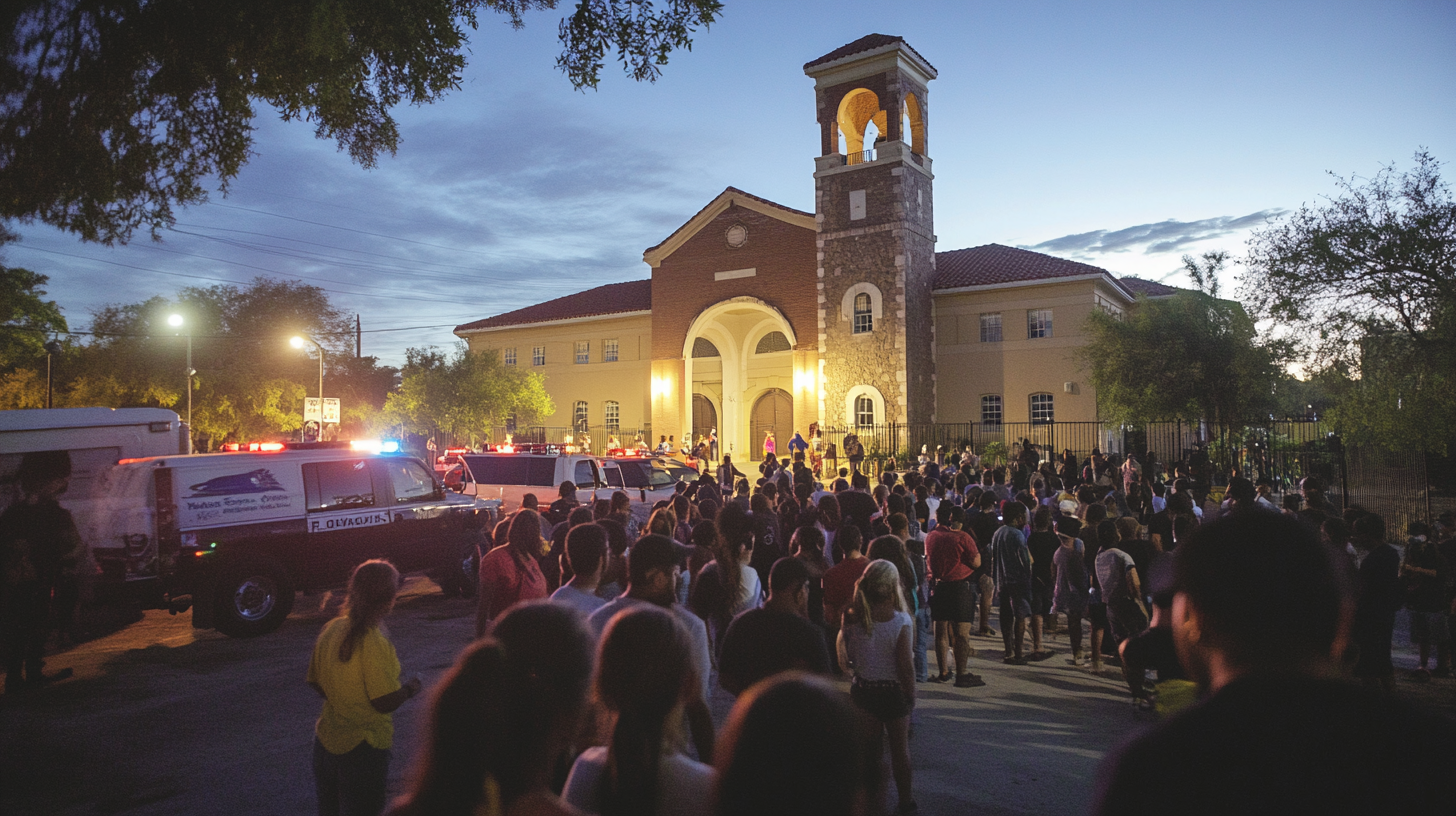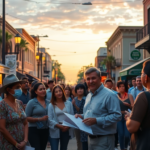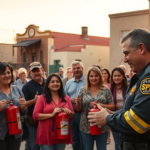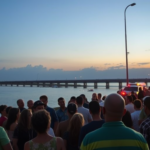McAllen Felon Sentenced to 5 Years for Possessing Multiple Firearms
In a significant development for the Rio Grande Valley, a McAllen resident has been sentenced to five years in federal prison for possessing firearms as a felon. David Michael Saenz, a 34-year-old with a prior conviction for aggravated robbery, will also face three years of supervised release following his prison term. This case highlights ongoing efforts to address violent crime across the region, particularly through collaborative law enforcement initiatives.
Case Background: From Arrest to Sentencing
The arrest and subsequent sentencing of David Michael Saenz underscore the serious consequences of illegal firearm possession by convicted felons. The legal troubles for Saenz began on September 11, 2024, when he was stopped by law enforcement officers for a traffic violation. Upon approaching the vehicle, officers detected a strong odor of marijuana, prompting a search that revealed two handguns in Saenz’s waistband and two additional firearms in the vehicle. Also found in the vehicle were illicit drugs, including meth and marijuana.
Saenz, who confessed to using firearms for protection during drug dealings, violated federal laws prohibiting felons from possessing firearms. His admission came during a traffic stop initiated by officers who were participating in the Project Safe Neighborhoods (PSN) Program. The stop was not just a matter of routine law enforcement; it was a part of a broader strategy to target violent crime in the community.
Project Safe Neighborhoods: A Community-Focused Approach
The case against Saenz was prosecuted under the PSN Program, a cornerstone effort by the U.S. Department of Justice to reduce violent crime and enhance public safety. This initiative underscores collaboration between federal, state, and local agencies, exemplified by the efforts of the Bureau of Alcohol, Tobacco, Firearms and Explosives, the Drug Enforcement Administration, and the Rio Grande City Police Department in this case.
Assistant U.S. Attorney Cahal P. McColgan, who prosecuted the case, emphasized the importance of partnerships in achieving effective law enforcement outcomes. “Project Safe Neighborhoods seeks to focus our enforcement efforts on the individuals who pose the greatest threats to community safety,” McColgan explained. “Through coordinated and targeted actions, we aim to create sustained reductions in violent crime.”
Local Impact: How the Sentencing Resonates in the Valley
For Valley residents, Saenz’s sentencing represents a crucial step in combatting crime and improving quality of life. Stakeholders across the community have long advocated for stricter measures to prevent access to firearms by felons, recognizing the broader implications on safety and economic stability.
Linda Garza, a community advocate from McAllen, expressed relief at the judiciary’s firm stance. “Ensuring that individuals with a history of violent behavior are not equipped with firearms is vital for our community’s peace of mind,” she said. “Efforts like these reaffirm our commitment to creating a safer and more secure environment for all residents.”
Connections and Challenges Moving Forward
This high-profile case also mirrors ongoing concerns about drug-related offenses in the region, an issue that has persistently challenged law enforcement and community leaders. The Valley’s proximity to the border adds a layer of complexity to these issues, necessitating a multifaceted approach in tackling crime.
Dr. Ronald Segura, a criminologist at the University of Texas Rio Grande Valley, highlighted this context. “Efforts to address illegal firearm possession cannot be disentangled from broader strategies to combat drug trafficking and other organized crime activities,” Segura noted. “Comprehensive solutions require addressing root causes and ensuring community-wide collaboration.”
Future Outlook and Community Engagement
While Saenz’s sentencing marks progress, it also raises questions about ongoing strategies and allocation of resources to maintain momentum in crime reduction. Community leaders and law enforcement agencies remain committed to sustaining efforts that deliver meaningful change.
As the Valley continues to evolve, fostering relationships between public safety officials and community members is essential. Education initiatives and forums that inform residents about laws, safety practices, and engagement options can significantly enhance community resilience.
Resources and Engagement Opportunities
Valley residents seeking to engage further with crime prevention and community safety initiatives can do so through various platforms actively promoted by local law enforcement. Additionally, resources include safety workshops and informational sessions on the legal implications of firearm possession, available both online and in-person across the region.
Texas Border Business, a comprehensive outlet for news and commerce information, provides coverage on critical community issues. It offers platforms for discussion and engagement via multiple social media channels such as Facebook, Instagram, Twitter, and YouTube, ensuring Valley residents remain informed and engaged.
David Michael Saenz’s case serves as a stark reminder of the serious repercussions of firearm possession by felons and the importance of sustained efforts to uphold community safety in the Rio Grande Valley. Through targeted initiatives and collaborative action, the community continues to strive for a safer future.







